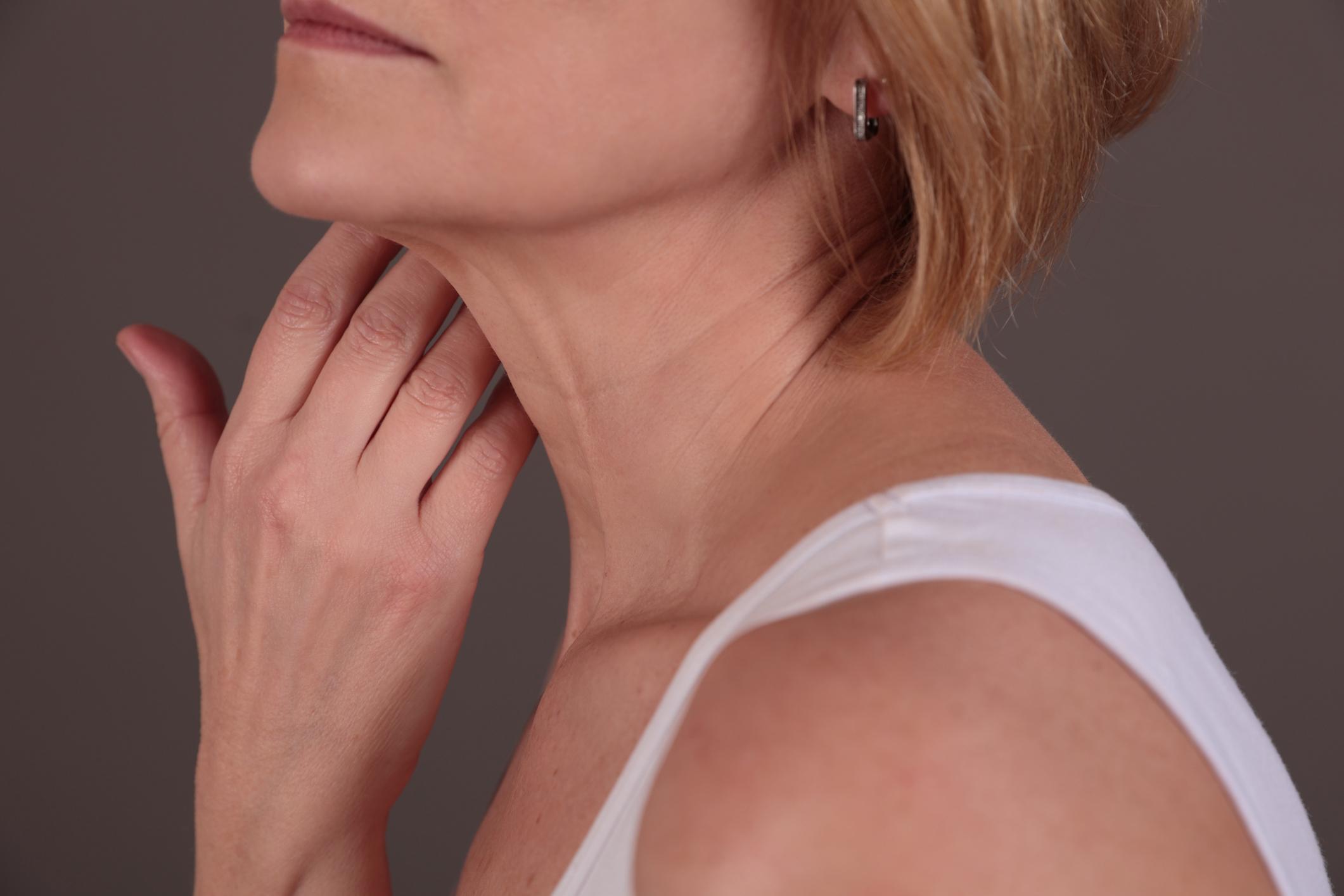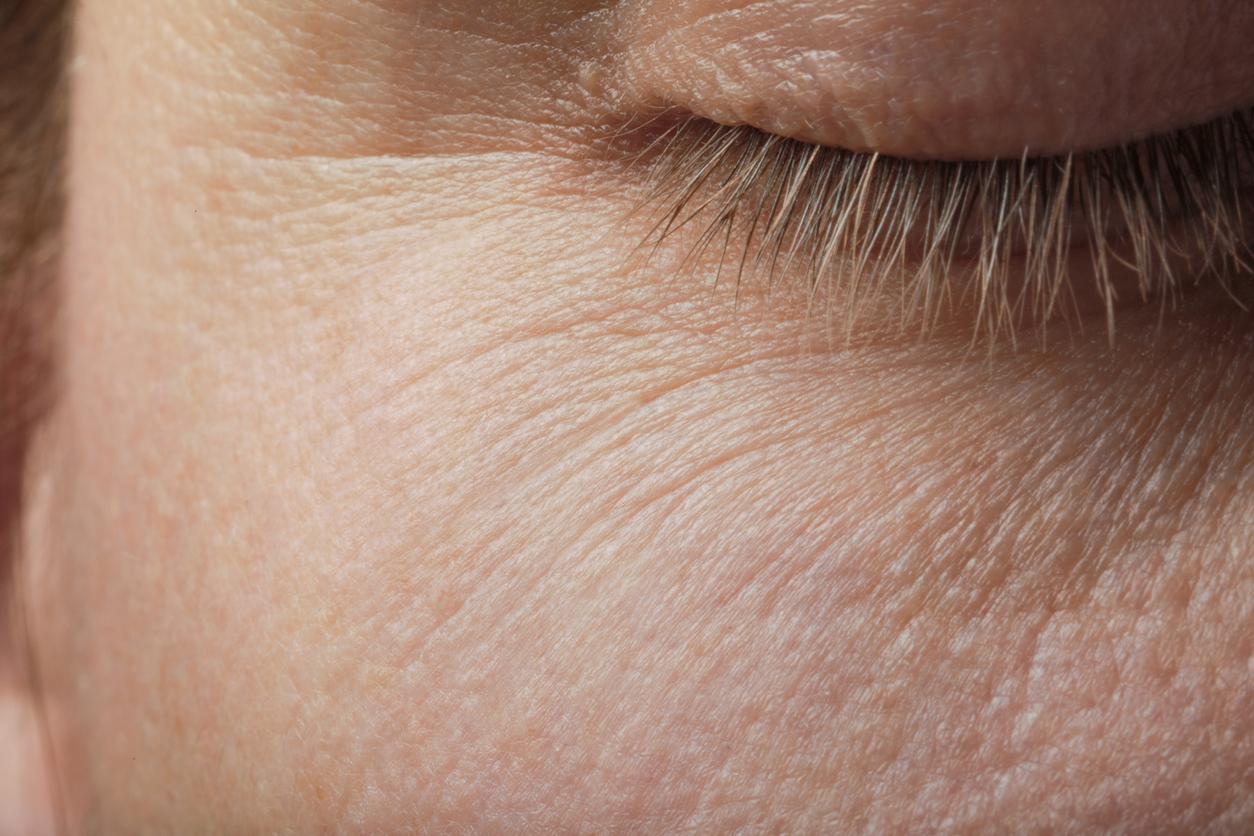Dysmorphophobia and body dysmorphia
The dysmorphophobia(fear of body dysmorphia) and body dysmorphia are psychiatric disorders that both involve a bodily defect. But the two notions of dysmorphophobia and dysmorphia are to be dissociated. In the case of dysmorphophobia, this physical defect refers to a fear. The person who suffers from it fears having a nose that is too big or a deformed face, for example.
On the other hand, in the case of body dysmorphia, the patient is not afraid of this physical defect since he is convinced that it exists and that it is a reality. “What defines body dysmorphia is the haunting character of the physical defect“, says Dr. Laurent Karila.
An imaginary or exaggerated physical defect
This dissatisfaction, whether it is linked to a real physical imperfection or not, can concern any part of the body, the face (eyes, nose, hands, etc.). The Diagnostic and Statistical Manual of Mental Disorders, a reference work of the American Psychiatric Society, specifies that to enter the classification of body dysmorphia, a part of the body must be depreciated and judged in an exaggerated way. The concern for this “flaw” is out of proportion. To the point of causing disgust, for example. The significant suffering that results alters life in society (love, friendship, family, professional life).
An obsession that sets you adrift
People with body dysmorphia are overly focused on the area of their body that they abhor. So much so that they come to adopt “abnormal” behaviors to monitor and correct this defect: taking pictures of this area to see how it is changing; eating disorders ; successive diets or taking medication to lose weight; multiple cosmetic surgeries.
These attitudes will not solve the problem, which is psychological. This is why in the case of cosmetic surgery, Dr. Karila insists on the importance of evaluating the psychological state of the candidate to ensure that he does not suffer from body dysmorphia.
A symptom of a more serious pathology
Sometimes this dysmorphia is the tip of the iceberg and can refer to a more serious pathology. “It can be the symptom of a psychiatric illness such as anorexia nervosa or schizophrenia”, specifies the expert.
CBT to treat it
Cognitive-behavioral therapy (CBT) is recommended to treat body dysmorphic disorders. As with depression, the psychiatrist or psychologist works on cognitive distortions, that is to say distorted thought patterns that induce toxic behavior in the patient.
Thanks to Dr Laurent Karila, psychiatrist and addiction specialist.
>> To read: Dysmorphophobia: a bad connection in the brain questioned
Feel ugly enough to be sick
I hate my body: how to reconcile with it
















